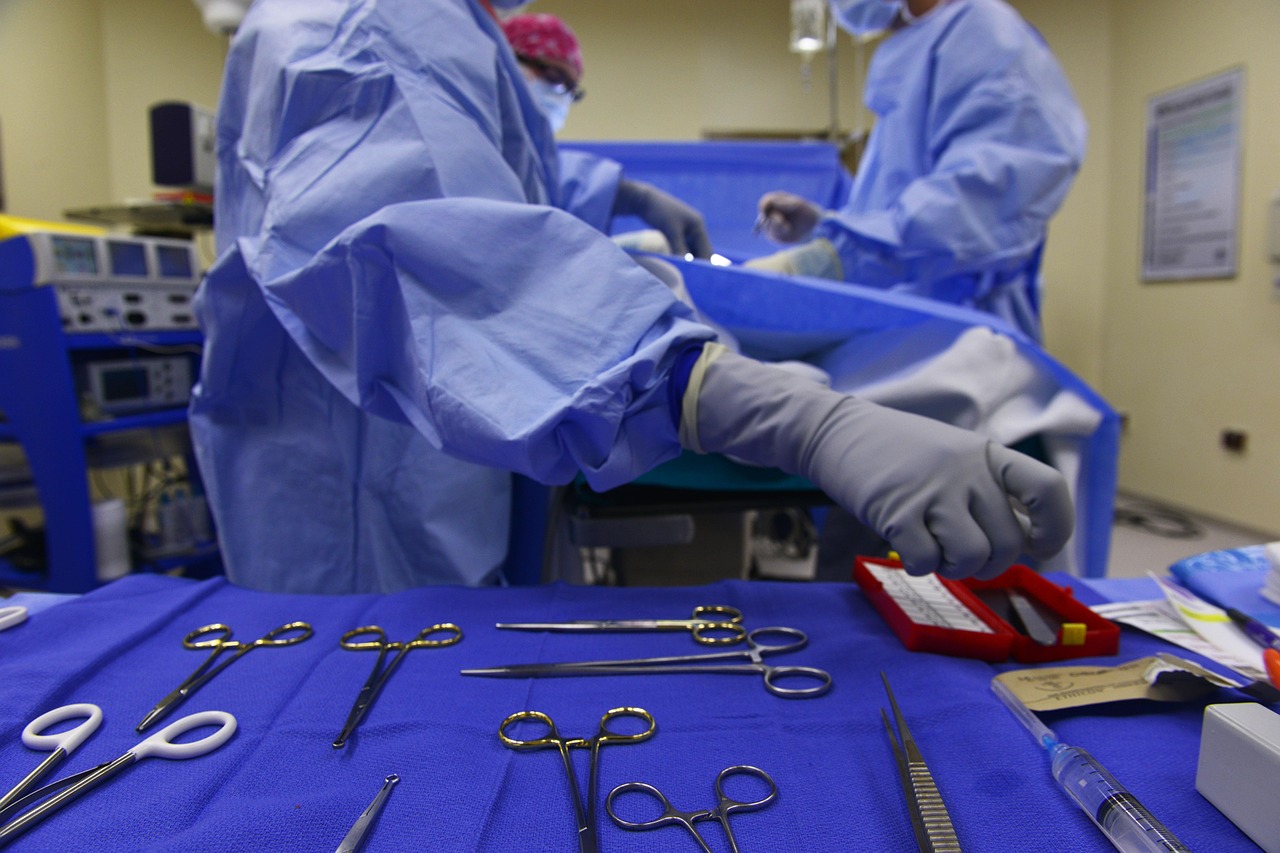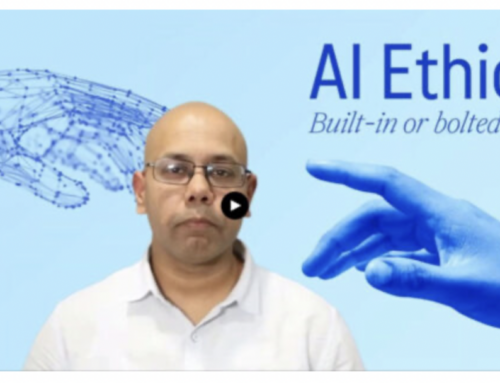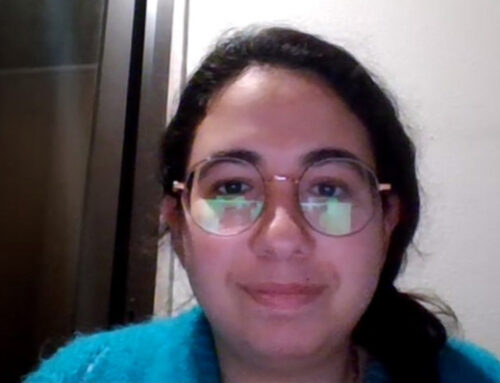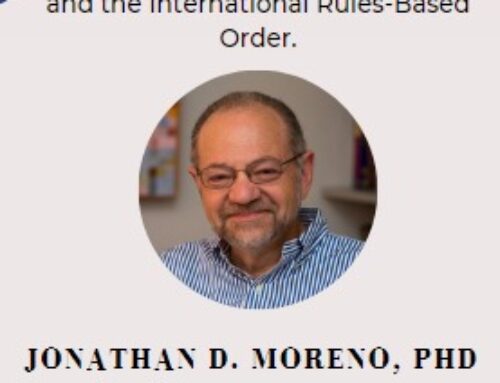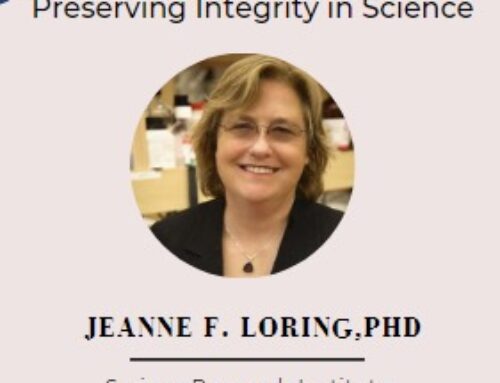By Caroline Song
Dr. Michael Rees of the University of Toledo Medical Center believes he has found a way to save the federal government money while creating an influx of kidneys; he calls his innovative program reverse-transplant tourism.
“In rich countries there’s not enough kidneys for people who have kidney failure, but there is plenty of money to pay for all the transplants. In poor countries, there’s lots of people that need kidney transplants and lots of available donors, but in poor countries they don’t have enough money,” explained Dr. Rees. His donor-matching system takes people from developing countries and matches them with potential donors and recipients in the US.
Jose and Kristine Mamaril were the first participants to benefit from Dr. Rees’ system. Jose started suffering from kidney failure in late 2013 and was having trouble paying for the expensive treatments in the Philippines. Dr. Rees privately fundraised $150,000 to transport the Mamarils from their home to Toledo so Jose could receive a life-saving transplant from a donor in Georgia. Kristine reciprocated by donating a kidney on behalf of her husband to a recipient in Minnesota; had she not done this, the recipient would have spent years on a waiting list.
In fact, the average wait time for a kidney in the United States is three to five years. During that time, patients often require dialysis treatments. Dialysis for one patient costs Medicare about $90,000 per year, while a kidney transplant costs only $33,000. Thus, Dr. Rees argues, his donor-matching system has the potential to save the federal government money, because bringing in more potential donors will get patients off dialysis sooner.
To qualify for the program, participants must be from a country that has a medical structure in place capable of providing ongoing support for kidney patients once they return home. The program is structured like a donation tree, but with an international focus.
Dr. Rees hopes to create a sustainable system for his reverse-transplant tourism idea and believes that his work will help get Americans more kidneys and save money in the long term.
“It is what healthcare reform is all about. It increases access, so now poor people are getting access to transplantation. It reduces the cost of care and it improves the quality of care because a transplant’s a lot better than dialysis. The average person who gets a kidney transplant lives 10 years longer than if the same person had remained on dialysis,” Dr. Rees said.
Read the full article here.


